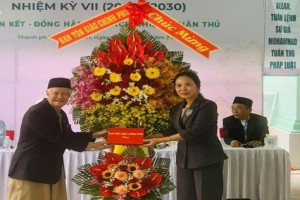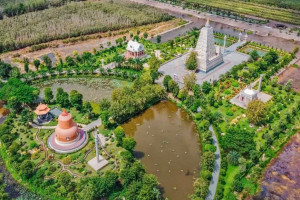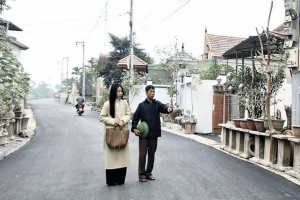
|
Bridge across time: The My Son Sanctuary, recognised as a UNESCO World Heritage site, is blessed with the extraordinary architecture, arts and religion of an ancient culture. — VNS PHoto Vu Cong Dien |
DA NANG — Researchers, scholars and scientists from India and Viet Nam will do their best in clearing up the ancient relationship between the two countries via a two-day conference on the Cham Civilisation.
The event will mark the 40th anniversary of diplomatic relations and the India-Viet Nam Year of Friendship 2012.
The Indian Government has decided to fund the restoration and preservation of the My Son Sanctuary in
"The conference in
"The My Son restoration project is very important for the friendship between
The director of the Viet Nam Institute of Culture and Arts Studies, Nguyen Chi Ben, told Viet Nam News yesterday that the conference would focus on the influence of Cham culture in the central coastal region and the relationship between
Speaking at the opening ceremony yesterday, Minister of Culture, Sports and Tourism Hoang Tuan Anh said, "The Cham people is one of 54 ethnic groups in
The minister said the conference aimed to strengthen ties and strategic co-operation between
General Director of the Indian Council for Cultural Relations, Suresh K Goel, stressed that the meeting would not only include discussions on culture, but also on political, technology and economic ties between the two sides.
"Cultural relics of the Cham culture left in the central coastal region of
"I highly appreciate support from the Indian Government, but stress that the restoration of the My Son Sanctuary must be based on its original history and sediments," said professor Hoang Dao Kinh, member of the National Cultural Heritage Council.
"The vestige of time is the most precious thing in cultural heritage, so the restoration must preserve a strict rule of time and primitive status," he added.
The conference, which has drawn scientists and researchers from
Participants will make a survey of the My Son Sanctuary before beginning restoration.
VNS

.jpg)



